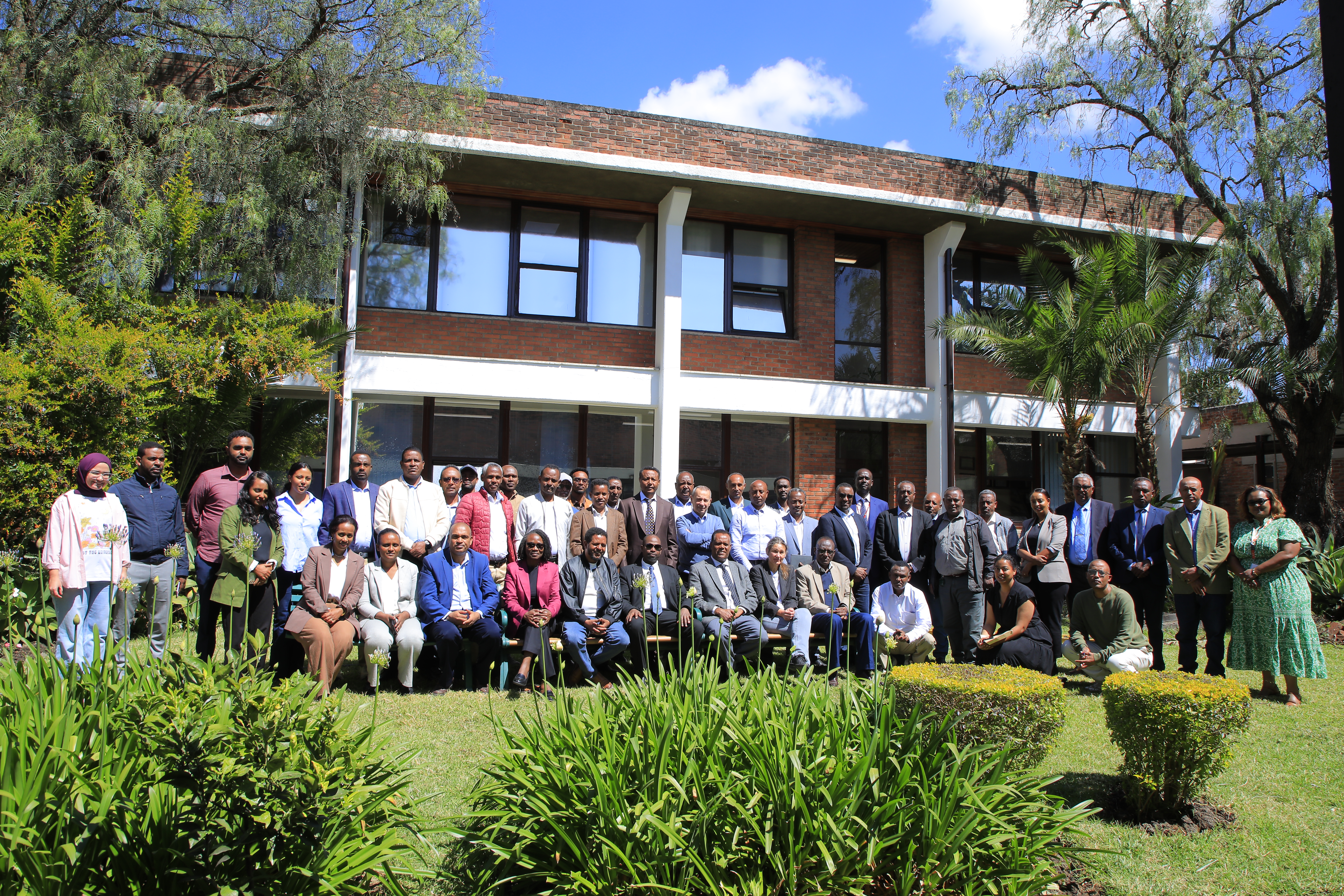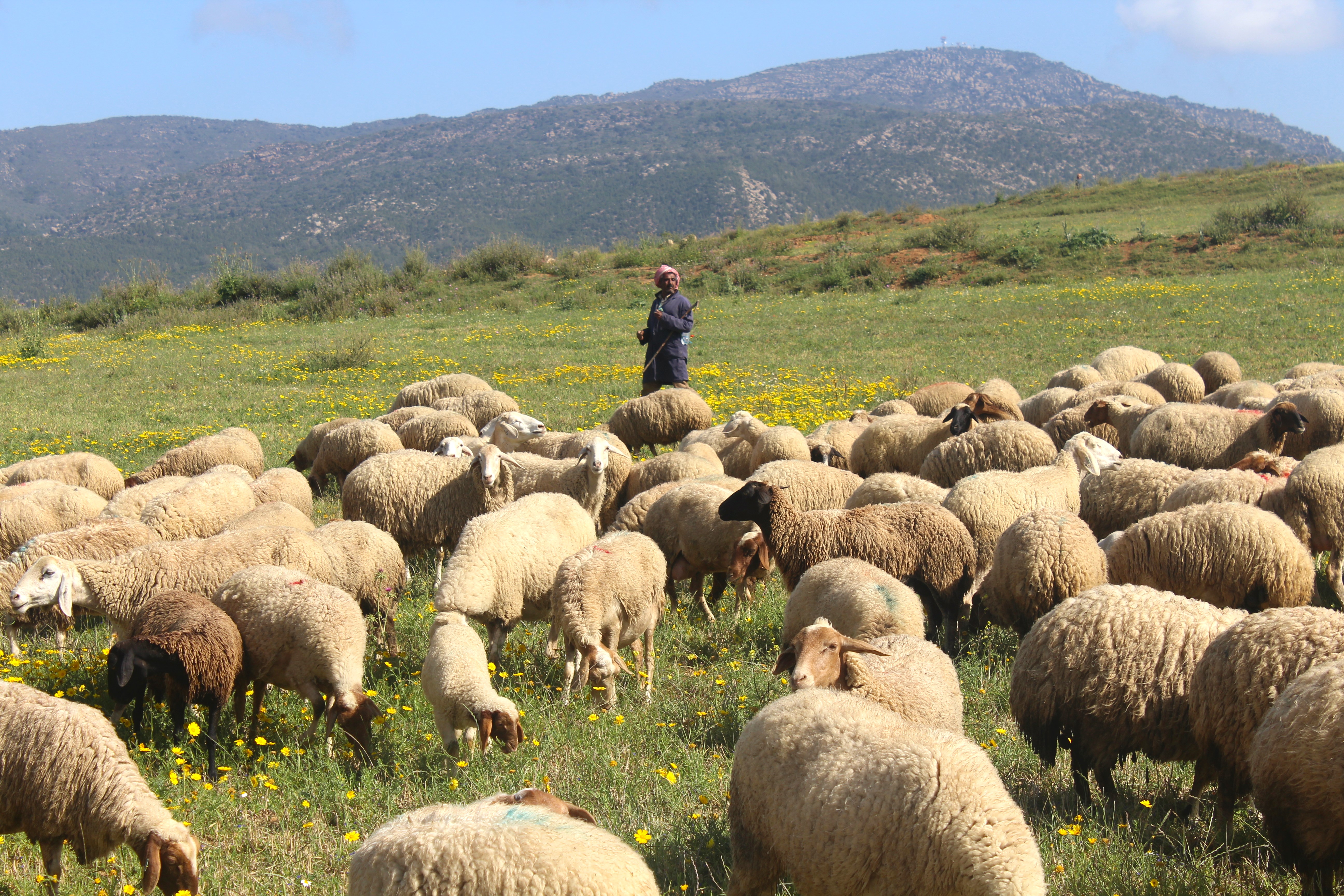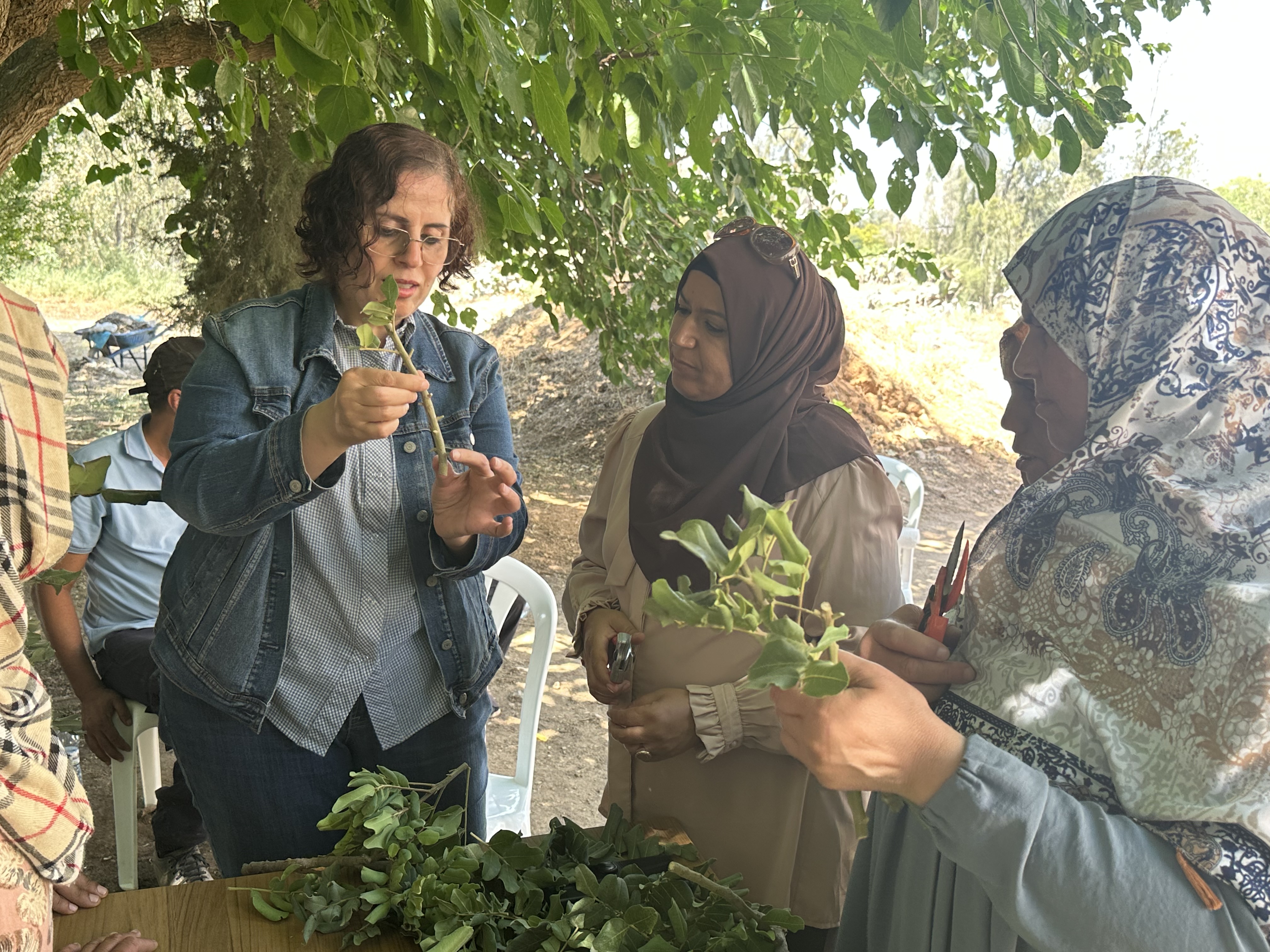Unveiling the Costs of Inaction and Benefits of Actions to Control Land Degradation

ICARDA’s innovative Analysis Pack for Economics of Land Degradation (APELD) tool, developed through the CGIAR Research Initiative on Livestock and Climate, quantifies economic losses of Land degradation (LD) and analyzes the benefits of land rehabilitation interventions.
Land degradation (LD) poses a substantial economic threat globally, with estimates suggesting annual agricultural productivity losses ranging from USD 6.3 to 10.6 trillion, equating to between 850 and 1400 USD per person per year worldwide. These figures, unveiled by the Economics of Land Degradation Initiative, offer critical insights when analyzed at various levels, from country to biome, guiding targeted interventions.
ICARDA’s groundbreaking APELD tool quantifies the monetary value of ecosystem services (ESS) lost due to inaction in the face of land degradation. It assesses the benefits of rehabilitation actions, estimates the costs of such interventions, and evaluates the potential gains in terms of the quantity and value of ESS that can be preserved or newly generated. It also calculates the returns on investment for these interventions.
To examine the tool's power, ICARDA scientists, in collaboration with experts at the World Bank, the University of California, and national CWANA partners, used APELD to generate detailed analyses on the costs of LD, benefits of optimal land rehabilitation policy, appropriate institutional and technological interventions, and returns on investment in Uzbekistan. Some of the results of the estimates generated using APELD were included in the most recent Country Climate and Development Report of the World Bank for Uzbekistan.
The findings revealed annual losses of at least $2.83 billion, equivalent to 4.58% of GDP. The ESS lost due to inaction include 1.28 million tons of potential production of different crops (3.38% of national supply), 9,500 tons of forest biomass, 3.56 billion cubic meters of water (39.51 % of total supply), and 658 thousand tons of soil which are also associated with the emission of 470 thousand tons of carbon dioxide.
Investing $560 million over a decade to implement the recommended interventions only in 12% of LD hotspot areas could yield annual returns of $1.49 billion (2.42% of GDP), showcasing a remarkable return on investment of $22.39s.
Using APELD, ongoing similar analyses in Tunisia underscore the urgency of addressing land degradation, revealing that inaction to control it costs the country about $2.17 billion (4.65% of GDP) in lost ESS annually. Croplands, irrigation water, and rangelands are the top three sources of loss, accounting for 53.98%, 28.19%, and 12.09% of the total cost of inaction, respectively.
The results of these studies catalyzed discussions for potential large-scale projects to combat LD in CWANA through policy, institutional, and technological innovations in prioritized locations. A Joint effort between ten national research institutions, Tunisian governmental agricultural bodies, and ICARDA aims to obtain endorsement by a national committee to secure funding from development organizations such as the World Bank, the Global Environmental Facility, and the German Technical Cooperation (GTZ), offering hope to local and worldwide communities for sustainable solutions to the national and provincial threat of land degradation in Tunisia.
For more information, contact Dr. Yigezu A. Yigezu, Principal Agricultural Economist, ICARDA, via [email protected].
Acknowledgment
While its development started with World Bank funding for various bilateral projects in Uzbekistan and Tajikistan, APELD was further refined and enhanced through funding from the CGIAR Research Initiative on Livestock and Climate and hence is now a key innovation of the initiative.



